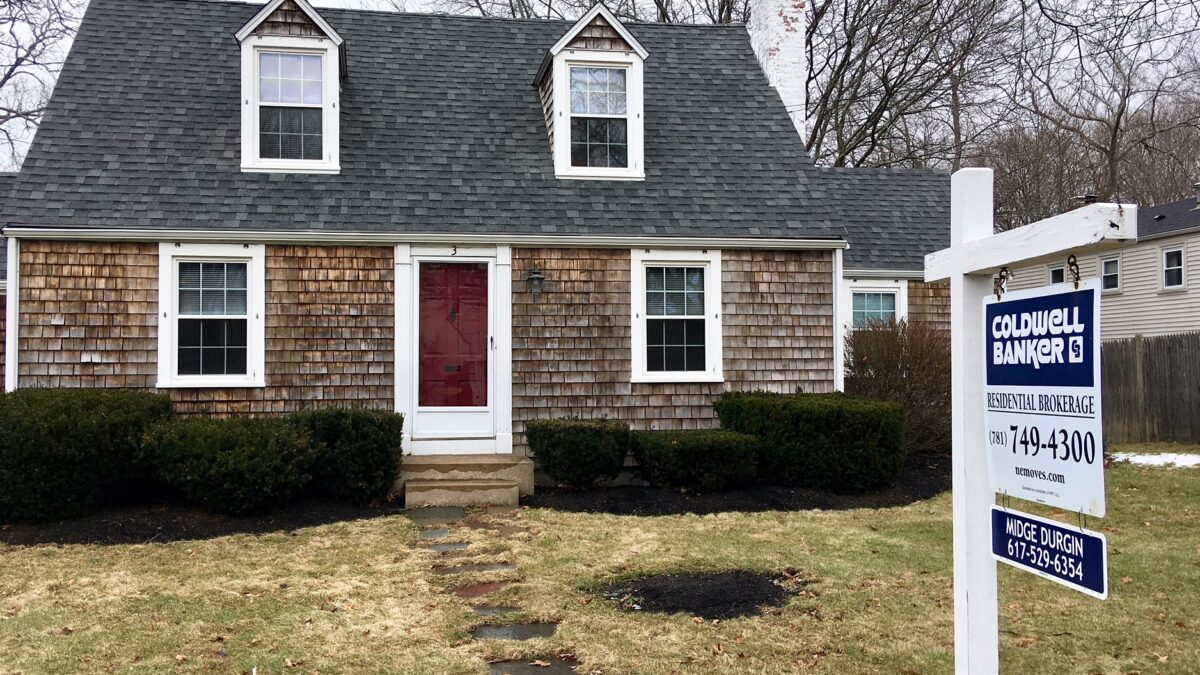In the closing moments of the final presidential debate just days before the 1980 election, Republican candidate Ronald Reagan asked a question of the American people so pointed and so prescient that it has become the standard in every election since.
“Next Tuesday all of you will go to the polls and will stand there in the polling place and make a decision,” he said, looking straight into the camera and straight into the eyes of millions of voters. “I think as you make that decision it might be well if you would ask yourself: Are you better off than you were four years ago?”
Is it easier for you to go and buy things in the store than it was four years ago? Is there more or less unemployment in the country than there was four years ago? Is America as respected throughout the world as it was? Do you feel that our security is as safe, that we are as strong as we were four years ago?
If you answer all of those questions ‘yes,’ why then I think your choice is very obvious as to who you will vote for. If you don’t agree, if you don’t think this course that we’ve been on for the last four years is what you would like to see us follow for the next four, then I would suggest another choice that you have.
The following Tuesday, Reagan won the presidency in a landslide.
As President Joe Biden marks three years in office in this, the beginning of another presidential election year, Reagan’s famous question is again worth answering; especially since once again it is painfully clear that you are not better off than you were four years ago.
On Jan. 20, 2020, exactly one year before Biden took office and at the same point in Donald Trump’s presidency where Biden now is in his, the average for a 30-year fixed-rate mortgage sat at 3.72 percent, while the average monthly mortgage payment was $1,134. The average home was affordable too, costing $246,334.
Today, a flurry of Federal Reserve interest rate hikes aimed at tamping down inflation have pushed the average 30-year fixed-rate mortgage to 7.06 percent with an average monthly payment of approximately $2,317. The price of an average home has ballooned to $402,600 or more, making home ownership an increasingly unaffordable luxury.
So too is car ownership. The average price of a new vehicle is now $48,008, up from $38,000 four years ago. That’s just $11,000 more than the price of the average used car today, which is a whopping $27,000. The average monthly payment on a new car today is $726, while the average used car payment is $533. In January 2020, the average monthly payment was $557 on new vehicles and $397 on used ones.
The price of gas, too, has skyrocketed even after President Biden drained the Strategic Petroleum Reserve ahead of the midterm elections. The average gallon of regular unleaded costs $3.08, meaning it is now $49.28 to fill an average 16-gallon tank. Four years ago, with the average gallon costing $2.51, filling up the same tank would be $40.16.
Nowhere is the pain of inflation more acutely felt than at the grocery store, where food prices have grown to the point that the average American family now spends $270.21 there every single week. That’s a staggering increase from the $160.35 per week the average family was spending four years ago.
One Way to See the Massive Increase
All told, the typical American household must spend an additional $11,434 annually just to maintain the same standard of living it had in January 2021, according to a Republican analysis of government data. CNBC analyst Rick Santelli came up with a novel way of looking at this cost-of-living increase following the release of December’s consumer price index reading showing year-over-year inflation rose to 3.4 percent (it was 2.5 percent in January 2020).
“If you take core CPI (Consumer Price Index), the actual index, which is seasonally adjusted, the read there is 313.216,” he said. “That probably doesn’t mean anything to you. Means something to me. That’s the highest it’s ever been.”
“Now remember, the Bureau of Labor Statistics brings out the number. Go to their website. When did Covid start? March of 2020? … Go on the website, look at the CPI inflation calculator and you put in Feb of 2020,” he added. “What you’ll find is it takes $1.19 of November ’23 to buy what bought a dollar pre-Covid.”
That’s another way of saying four years ago, when the American economy was humming along.
Large numbers like $11,434 annually in additional costs for an average household are sometimes difficult for the mind to fully comprehend, so it’s helpful to break them down a little further. Think about your own monthly household budget — the mortgage, car payment, groceries, utilities, all of it — and now imagine that you had a sudden $952.83 expense. That might be difficult to cover, and you might have to dip into your savings. Now imagine that same $952.83 expense every single month. That’s what you are paying, on average, in the cost of inflation.
Breaking that down even further, it comes out to $219.88 in additional expenses every single week … or $31.30 per day, every single day of the year. This is the ultimate cost of Bidenomics, and the ultimate answer to the most basic question ahead of the 2024 election: You are not better off than you were four years ago, and it’s not even close.









